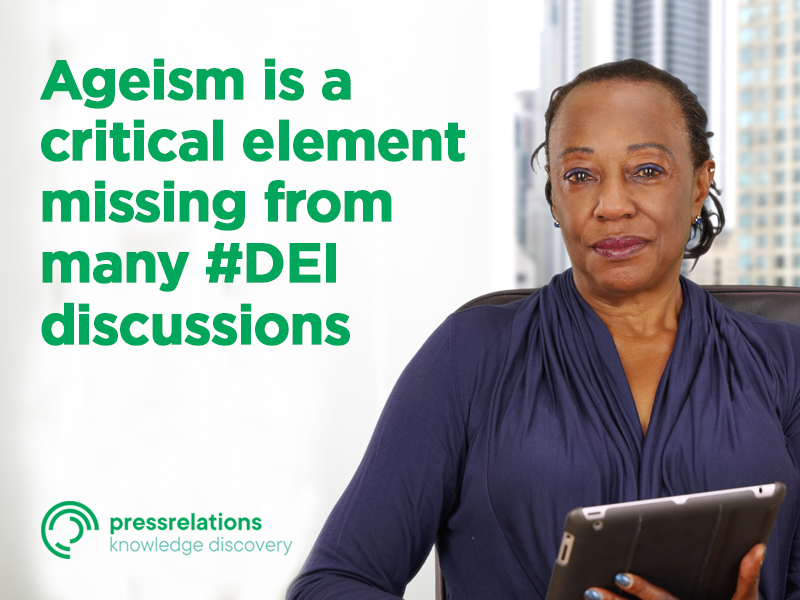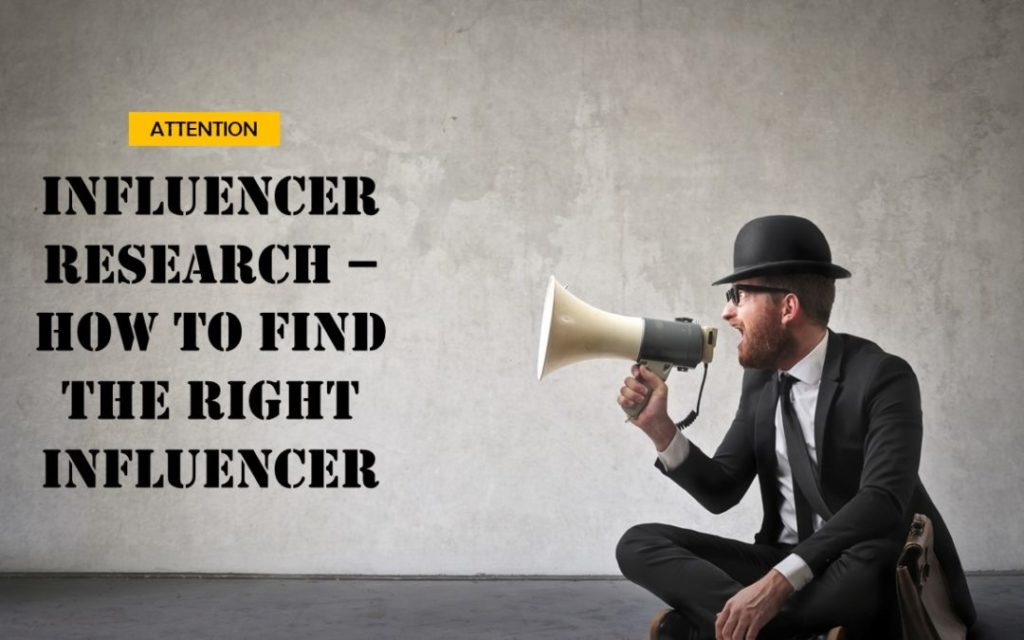I was just contacted by Toby Marshall, a very passionate advocate on the issue of ageism. Toby is founder of Stable and Wise – an Australian community built around the idea of fighting ageism – and a self-proclaimed ‘Chief Warrior fighting the War against Age Discrimination’. Why he would contact me on this topic I could not venture a guess, but it did get me thinking about this very issue within our communication services industry in particular.
Coincidentally, the United Nations just published a new report on ageism. Following the report, every second person in the world is believed to hold ageist attitudes – leading to poorer physical and mental health and reduced quality of life for older persons, costing societies billions of dollars every year. Nearly 1 in 4 workers age 45 and older have been subjected to negative comments about their age from supervisors or coworkers. 76% of these older workers see age discrimination as a hurdle in finding a new job.
The situation within the communication industry seems to be worse as people over 50 represent about 45% of adults in the United States, yet, as an example, they only represent about 6% of ad agency employees.
A case in point is communications giant WPP: 75% of its 130,000 employees are under 40, but only a meagre 8% are over 50. At the end of 2020, the company’s CEO Mark Read was asked by an analyst if WPP has the right balance of people and he replied that “we have a very broad range of skills, and if you look at our people – the average age of someone who works at WPP is less than 30. They don’t hark back to the 1980s, luckily.” His comments triggered a discussion around ageism within the industry forcing Mark to take a stand:
Anne Willet, an executive recruiter specializing in the PR, investor relations, marketing and advertising sectors, is convinced that ageism in PR is also alive and well saying that “discrimination and diversity are not limited to color or gender. Even though age discrimination is illegal, about 3 in 5 older workers have seen or experienced age discrimination in the workplace.” She adds, that according to nonprofit AARP, more than half of these older workers are prematurely pushed out of longtime jobs and 90% of them never earn as much again.
Currently, there is a whole host of initiatives within our industry circling around the topics of diversity, equity and inclusion, though I have not gotten the sense that many of these include ageism in the syllabus. I am going to suggest that this in itself reflects the bias in most developed societies against older people. The basic myths about experienced workers is that they are not as sharp, generally less healthy, they are technophobes, and, of course, they cost more to employ.
In the advertising, PR, and marcom segments, in particular, there is an extreme skew towards 30 somethings – the example of WPP is, in my view, broadly representative. Take a look around you and note your colleagues’ ages in general and check your lens against how you respond to those with more experience particularly those that are not direct superiors to whom the ego would have you naturally warm up.
My point in asking you to thoughtfully look around you is really to provoke a response and name it. Hold the thought and consider the concept of unconscious bias where we operate from learned behavior. We have categorized the elderly into a stereotype with a set of stereotypical attributes. As an aside, my definition of ‘elderly’ gets pushed as I get older but that is another discussion. I offer the explanation of Professor Jacquelyn B. James, Director of the Sloan Research Network on Aging & Work, in a presentation to the US Equal Employment Opportunity Commission where she notes that stereotypes are “beliefs about the characteristics, attributes, and behaviors of members of certain groups“. Professor James goes on to note “that these are often deemed as normal cognitive processes enabling people to categorize information and to reduce complex input.” In his classic study on prejudice, American psychologist Gordon Allport explains this view saying that “the human mind must think with the aid of categories. Once formed, categories are the basis for normal prejudgment. We cannot possibly avoid this process. Orderly living depends on it.”
I am of the belief that at the heart of the issue is the core generational attitude of self-reliance, or put another way, the egocentric disrespect of others. We find ourselves prey to our celebration of youth in all aspects of communication when a significant portion of the actual population is quickly passing the 50-year mark, and by doing this we continue to allow the focus of, for example, our marketing efforts to be on the dwindling youth population ignoring the older folks with the disposable income.
The “nobody can be as good as I am or know as much as I do” super generation is setting the hiring standard and programming the automated review processes. The idea of elder experience is laughable in this context. How do we teach respect for others and kick-start the required change process? That is the challenge as I see it and we are the communication professionals with the skills to move the needle on this. We can start by including ageism into the DEI discussion and also plan activities to combat it. Should you start to see an opportunity to positively impact our industry by starting within your own organization, the Centre for Creative Leadership has a promising framework to get you started.
I can also offer this online assessment exercise developed by Boston College and the AARP with which you can get an age-related baseline for your organization, benchmark your results against similar organizations and even download a toolkit based on your results. That exercise is a very good starting point if you want to increase the share of older workers in your organisation. And by older workers I mean ‘engaged, experienced, and committed‘!



